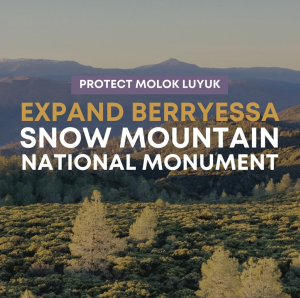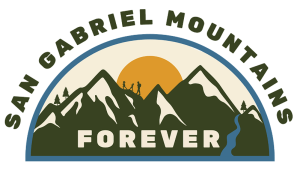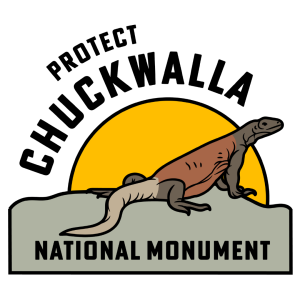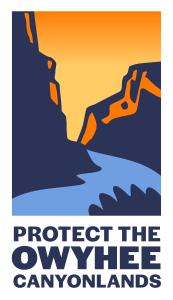Across the country, Tribes, local elected officials, civil rights leaders, local businesses, faith leaders, veterans, and community members are calling on President Biden to designate new national monuments.
Designating these national monuments will together help safeguard sacred Tribal lands; honor our history and recognize sites of violence and oppression so that we can learn from our past and support opportunities for healing; protect the historical, cultural, and ecological values of these lands; and expand equitable access to the outdoors for local communities. Places with strong local support and leadership include:
Proposed Monument:
Molok Luyuk
The expansion of Berryessa Snow Mountain National Monument would safeguard public lands that are sacred to the Yocha Dehe Wintun Nation and that are critically important to protect in the face of a changing climate.
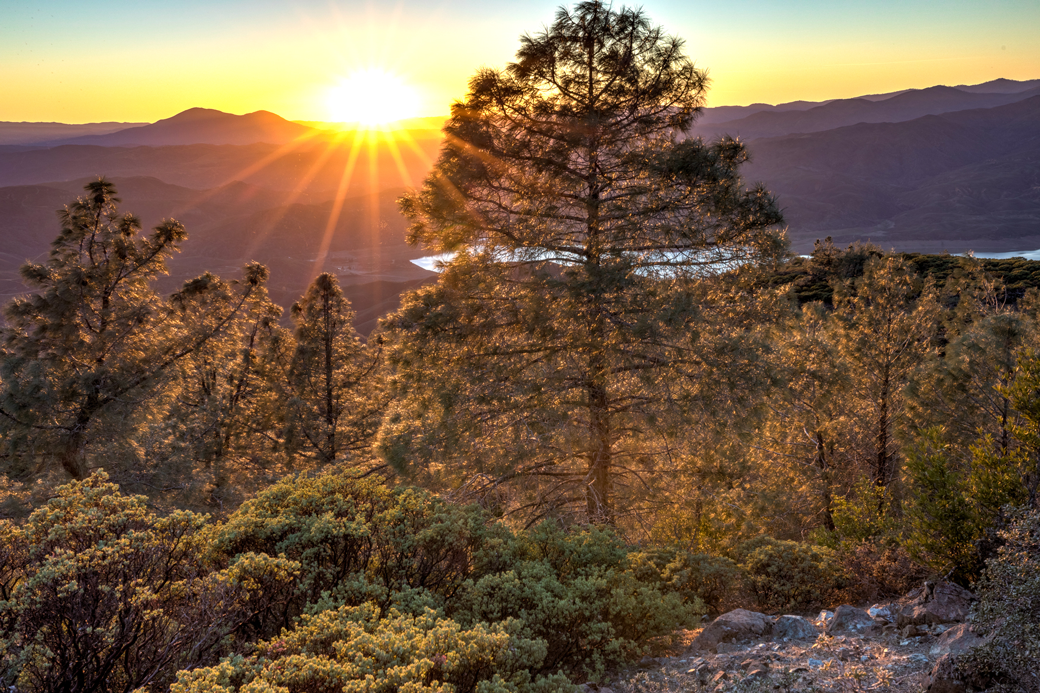
Berryessa Snow Mountain National Monument stretches from Napa County in the south to Mendocino County in the north, encompassing 330,780 acres of public lands managed by the Bureau of Land Management and the U.S. Forest Service. The proposed expansion area – Molok Luyuk – are public lands on the eastern edge of the existing monument. The Yocha Dehe Wintun Nation, which strongly supports the expansion, has a long and significant connection to Molok Luyuk, stretching back thousands of years. The ridge includes areas where religious ceremonies are practiced and sites that were central to vital trading routes. These public lands also serve as a critical wildlife corridor and are home to many rare plants. Molok Luyuk means “Condor Ridge” and is a name provided by the Yocha Dehe Wintun Nation.
“Molok Luyuk is a special and sacred place for area Tribes and for many local residents who enjoy recreation activities like hiking and mountain biking. The natural beauty of our home also drives tourism, which is key to the economic vitality of the region. Protecting these beautiful lands would be a gift to future generations.”
E.J. Crandell
Lake County Supervisor
and a member of the Robinson Rancheria Tribe
Proposed Monument:
Historic Greenwood/Black Wall Street
The Historic Greenwood neighborhood in Tulsa, Oklahoma, popularly referred to as Black Wall Street, was once one of the preeminent, thriving Black communities in the US in the early 20th century.
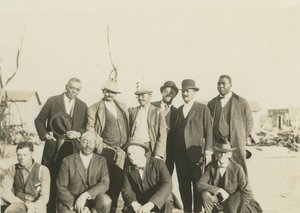
On May 31-June 1, 1921, this successful area, a bastion of Black excellence and enterprise, was burned to the ground by a white mob that killed hundreds, destroyed businesses and residences, and left thousands of people homeless. By designating Black Wall Street a national monument, we recognize and acknowledge the diverse stories of our country, ensure folks feel seen and represented in the national parks system, and ensure that important places and culture are preserved. Black Wall Street deserves to be in our history books, as a symbol of Black excellence, but also, a reminder of the racism that existed and still persists in our society today.
“Designating Black Wall Street and the Historic Greenwood District a National Monument would not only be a step forward in preserving the legacy of this place but also serve as a warning that this moment in history must never be repeated.”
Historic Greenwood Coalition
Proposed Monument:
Site of the Springfield Race Riot
Establishing the Springfield 1908 Race Riot National Monument would acknowledge one of the country’s worst examples of mass racial violence, and lift up the courage of Black leaders who founded the National Association of the Advancement of Colored People (NAACP) in response.
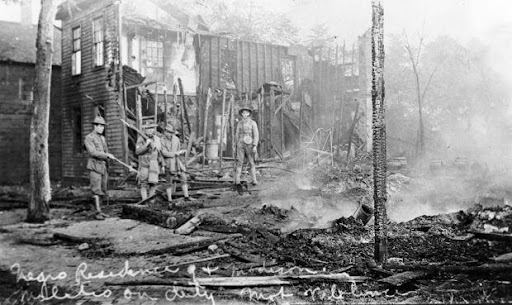
Starting on August 14, 1908, a white mob attacked and lynched Black people and burned their homes in Springfield, Illinois, within blocks of the former home of Abraham Lincoln. The proposed monument site includes the foundations of Black American homes that were burned in the riot. Despite our nation’s long history of race riots and thousands of lynchings, this would be the first Monument to tell these terrible stories, and to showcase the birth of the NAACP and the courage and leadership Ida B. Wells-Barnett and other Black leaders who fought to stop racial violence. Ida B. Wells-Barnett’s famous 1909 speech, “Lynching Our National Crime,” addressed the tragic events in Springfield. President Biden has the power to designate the National Monument to acknowledge this terrible chapter in our history and to help our nation heal and learn.
“The 1908 Springfield Race Riot site is of extraordinary cultural and historical importance to our state and to this country. By designating this area a national monument, we will help ensure that the painful lessons learned here will not be lost for the generations of Americans to come. Making our national parks better reflect our nation’s people and history is long overdue, and it’s time we properly recognize this site and the lives that were lost here.”
Senator Tammy Duckworth
Proposed Monument:
Great Bend of the Gila
Permanently protecting the Great Bend of the Gila in southwest Arizona would protect Indigenous People’s cultural and historical ties to the landscape while preserving Sonoran desert ecology and land from encroaching development and vandalism.
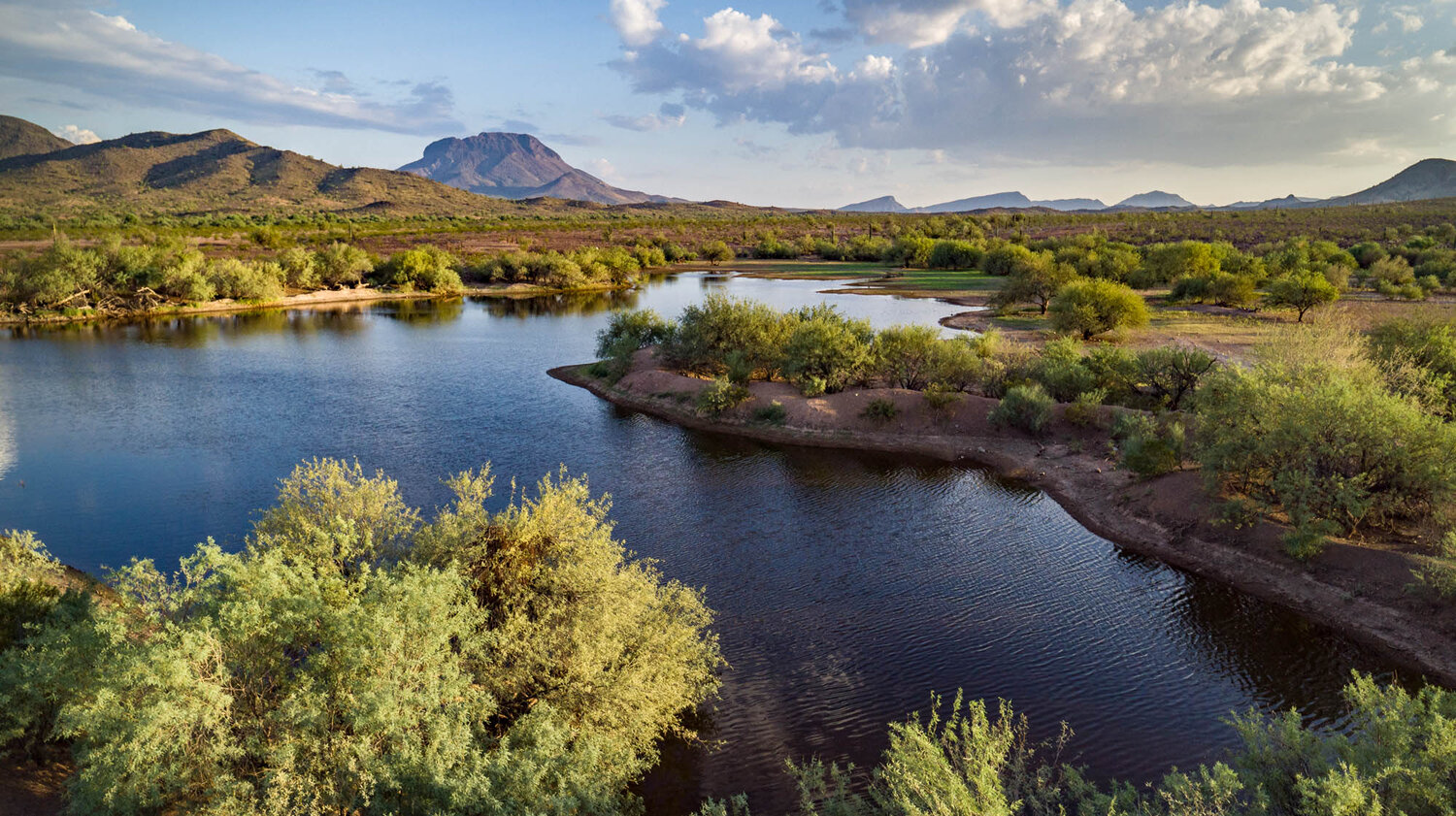
This fragile river valley provides habitat connectivity and essential water sources for desert-dwelling animals such as bighorn sheep, Sonoran desert tortoise, mule deer, and javelina. A national monument designation would benefit the 13 Tribes with cultural connections to the region, local businesses, outdoor enthusiasts, biodiversity, Southwest heritage, and future generations. Protecting this special place is the mission of the Respect Great Bend coalition.
“It’s not one site. It’s all the sites, and they all go together. What makes Great Bend of the Gila all the more impressive is that cultural landscape is not just for one culture or one time period. We are looking at millennia, and at least 13 Tribal Nations with ancestral ties here.”
Aaron Wright
Preservation Anthropologist, Archaeology Southwest
Proposed Monument:
San Gabriel Mountains National Monument Expansion
Elected officials, community leaders, and local residents in the Los Angeles region are joining Senator Alex Padilla (D-CA) and Representative Judy Chu (CA-28) in calling on President Biden to add 109,000 acres of public lands to the San Gabriel Mountains National Monument.
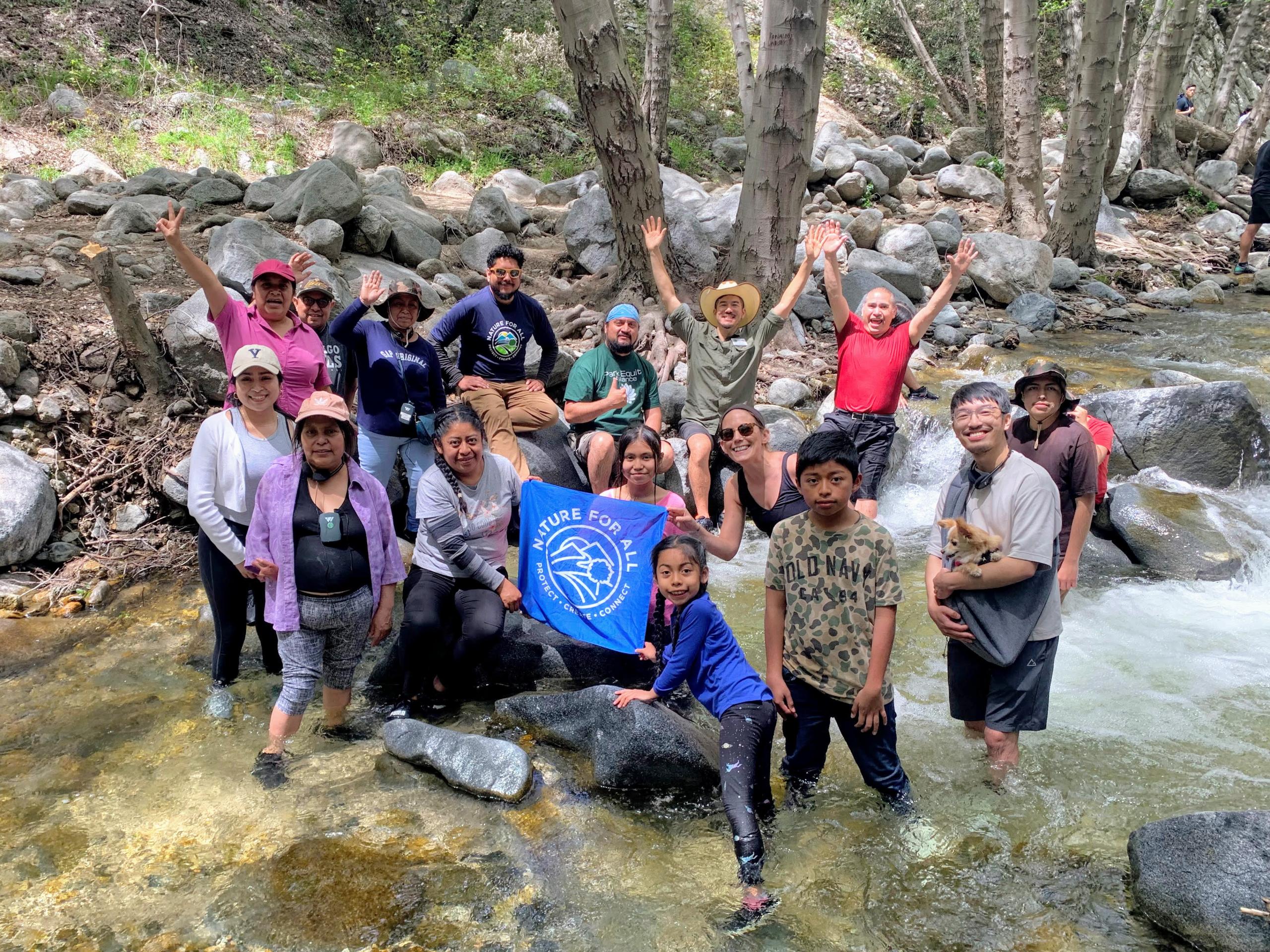
“Los Angeles County is one of the most densely populated areas in the nation and millions of our region’s residents have limited access to the outdoors. We know that lack of access to nature has negative health implications and is linked to higher rates of obesity and diabetes. That’s why it is so important that we ensure the permanent protection of the San Gabriel Mountains. This is one of the few places Angelenos can go to enjoy the outdoors close to home.”
Belén Bernal
Executive Director, Nature for All
Proposed Monument:
Dolores River Canyon Country
Over the course of millions of years, the Dolores River has carved one of America’s most stunning canyon systems. From its upper reaches in Colorado’s San Juan Mountains, through ponderosa gorges and magnificent slickrock canyons, to its confluence with the Colorado River near the Utah border, the river cuts an extraordinary path through remote public lands.
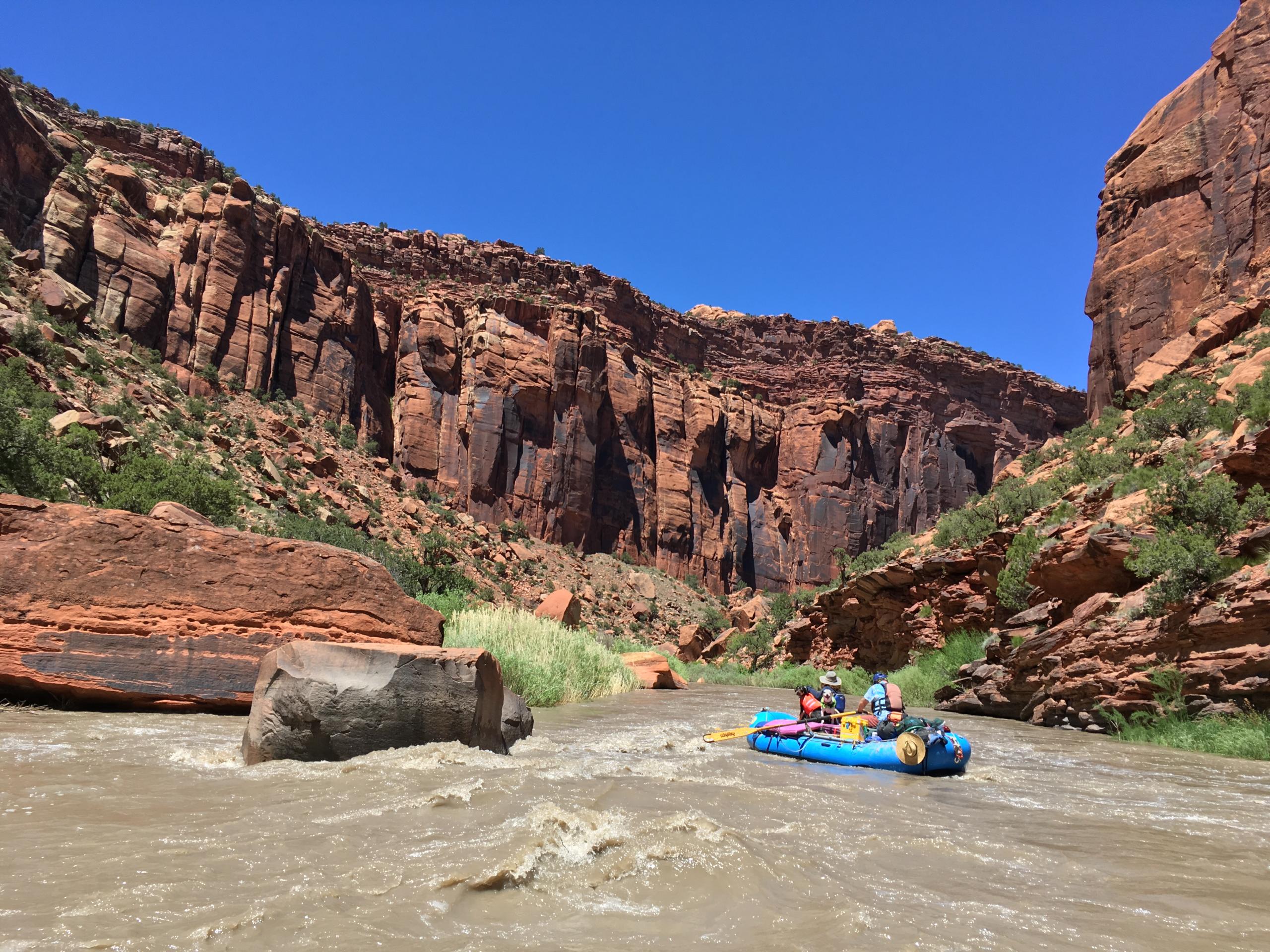
"For fifty years now, communities of western Colorado have sought protection for the awe-inspiring red rock Dolores River Canyon Country. The proposal to designate a national monument in Mesa and Montrose Counties for the Dolores and surrounding public lands is both an ambitious and commonsense idea to conserve the incredible values and tell the story of these lands that include Indigenous cultural sites, unique plant and wildlife habitats, a lively mining history and a compelling exposed geology. Momentum is growing to designate a national monument, and you can help build the needed support by adding your name to the petition."
Scott Braden
Director, Colorado Wildlands Project
Proposed Monument:
Proposed Chuckwalla National Monument and Expansion of Joshua Tree National Park
Designating the Chuckwalla National Monument in the California Desert and expanding Joshua Tree National Park would permanently protect approximately 660,000 acres of public lands that are beloved for outdoor recreation activities and known for their stunning landscapes, incredible biodiversity, cultural significance, and rich history.
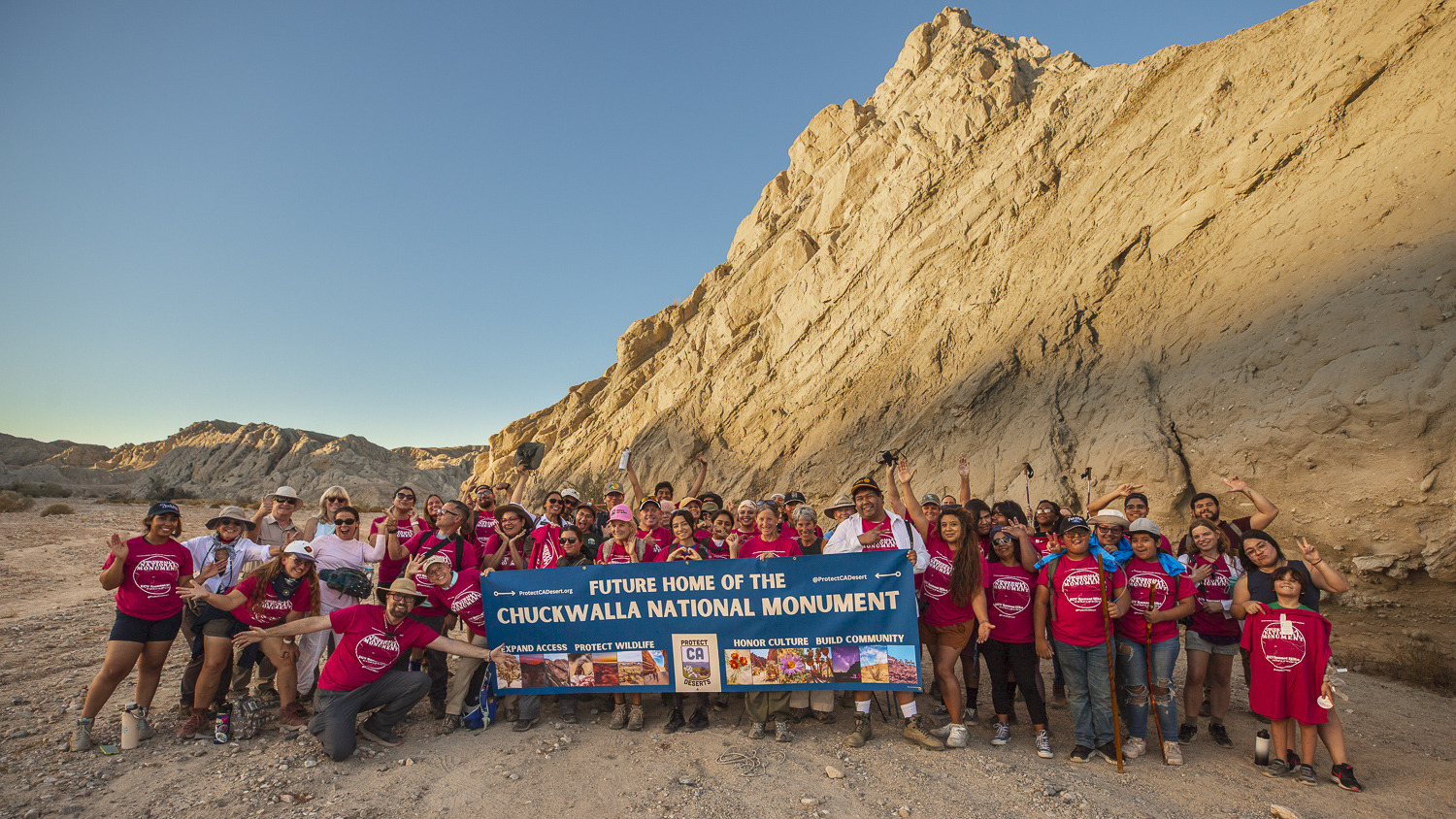
Designating the Chuckwalla National Monument will help increase equitable access to nature for local communities in the Eastern Coachella Valley, honor the region’s cultural significance, protect the desert’s unique biodiversity in the face of the climate and biodiversity crises, and preserve historic resources. This effort also proposes to protect approximately 17,000 acres of public lands that are adjacent to the east side of Joshua Tree National Park. The National Park Service has studied this proposed expansion and has indicated that it would be feasible to incorporate the area into the park.
The lands proposed for protection include the homelands of the Iviatim, Nüwü, Pipa Aha Macav, Kwatsáan and Maara’yam peoples (Cahuilla, Chemehuevi, Mojave, Quechan, and Serrano nations). There are many tribal heritage values and cultural resources throughout this living landscape in need of holistic and enduring protections. The proposed monument and the park expansion are supported by the Fort Yuma Quechan Tribe, Torres Martinez Desert Cahuilla Indians, and the Twenty-Nine Palms Band of Mission Indians.
The Chuckwalla National Monument proposal brings hope to Eastern Coachella Valley residents facing environmental challenges and limited outdoor recreation. By safeguarding our state's remaining intact and unprotected desert soils and providing inclusive access to recreational opportunities, we can create a resilient community for future generations to explore and appreciate while improving our physical and mental well-being. Thank you, Congressman Ruiz, for leading this cause. Let us join together and call on President Biden to safeguard our cherished Nuestro Desierto, our home.
Sendy Hernández Orellana Barrows
Conservation Program Manager, Council of Mexican Federations in North America (COFEM) and Co-Lead of the 30x30 Inland Deserts Working Group
Proposed Monument:
Owyhee Canyonlands
The Owyhee Canyonlands is the largest conservation opportunity in the American West, boasting millions of acres of deep canyons, rolling sagebrush grasslands, and rushing rivers worthy of National Monument status. With nearly 80% of Oregonians in favor of protecting this land, after years of expert study and consensus-building, and with threats to the land only growing, the Owyhee cannot wait any longer — we must preserve this natural wonder now.
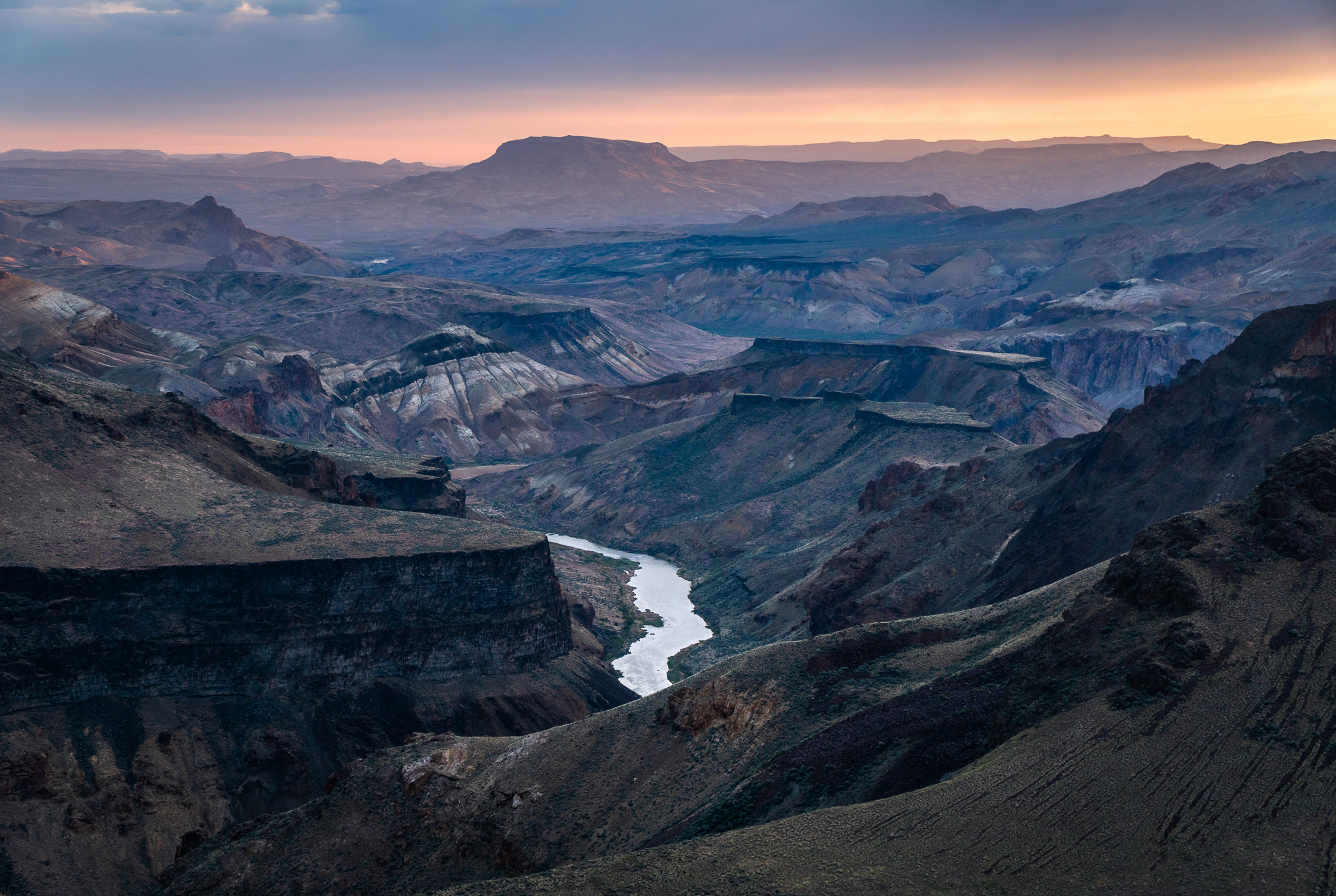
The time is now for an Owyhee Canyonlands National Monument. For the third time in four years, Oregon Senators Wyden and Merkely have laid a strong foundation of legislation to protect some of the most critical areas of the Owyhee Canyonlands. If Congress again won’t act, Wyden and Merkley must work together with President Biden to guarantee the Owyhee’s protection.
Millions of years in the making, the Owyhee’s expansive canyonlands are home to hundreds of native species, priceless cultural resources, and boundless recreational activities. While remoteness has long protected the canyonlands, the threats of industrial development, roadbuilding, and climate change are aggressively clawing at the Owyhee’s edges. Only permanent protection can secure the future of the Owyhee for generations to come. Join the diverse group of supporters from all across Oregon and beyond, including tribal nations, recreationalist, businesses, and conservationists calling for a Owyhee Canyonlands National Monument before the end of 2024.
Oregon’s natural beauty is recognized throughout the country and has been periodically protected by bold Presidential action, beginning with President Grover Cleveland’s sweeping land withdrawals that led to the creation of Crater Lake National Park and the protection of millions of acres of national forests in the Cascades. Other Presidents soon followed in Cleveland’s conservation footsteps when Teddy Roosevelt created the Malheur National Wildlife Refuge in 1908 and President Taft created the Oregon Caves National Monument in 1909. The time has now come for President Biden to match the Oregon conservation vision of his predecessors and establish the Owyhee Canyonlands National Monument under the Antiquities Act. This is an area of extraordinary geological beauty and exceptional wildlife habitat and it warrants bold Presidential action to preserve its natural beauty for generations to come.
Donald Barry
former Assistant Secretary for Fish and Wildlife and Parks, U.S. Department of the Interior
Proposed Monument:
Sáttítla and The Medicine Lake Highlands
The Pit River Tribe conceived of and is leading the effort to establish a national monument for the Medicine Lake Highland in Northern California, to fend off the ongoing threat of development and to protect the ability of future generations of Indigenous people to celebrate cultural practices as they have since time immemorial. The beauty and healing power of this magnificent landscape should be preserved for all people to enjoy.
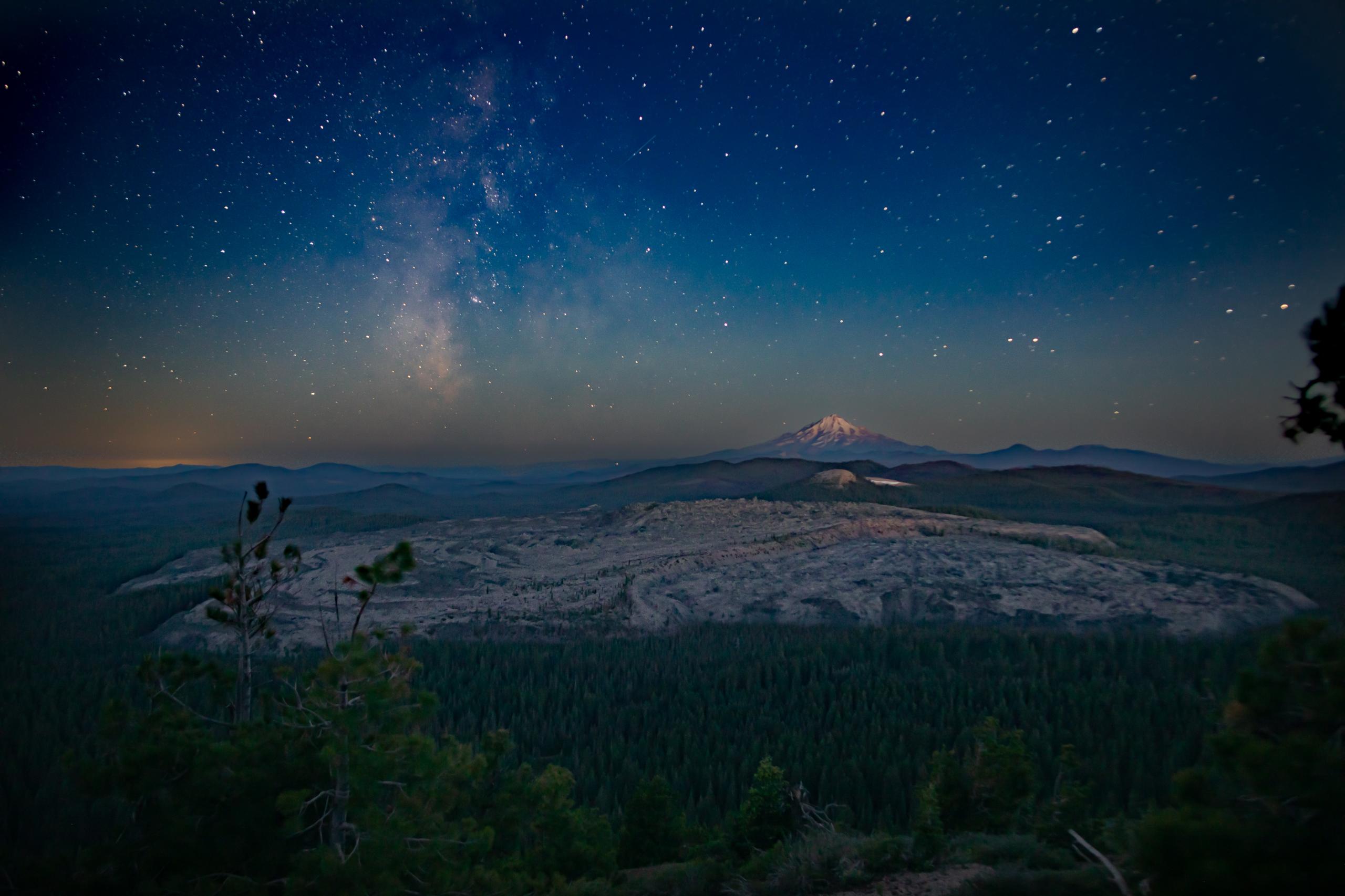
The Pit River Nation and their allies ask you to join them in calling on President Biden to work with California’s federal delegation to protect their homelands from the relentless threats from industrial energy development by designating a little more than 200,000 acres of US Forest Service managed public land in an area known as Sáttítla in the Medicine Lake Highlands as a national monument.
For thousands of years the forested lands and clear blue water have been sacred to numerous Tribes including the Pit River, Modoc, Shasta, Karuk, and Wintu. Sáttítla and the Medicine Lake Highlands are a spiritual center. Tribes continue to use the area for religious activities, ceremonies, and gatherings. Permanently protecting these sacred lands will not only honor their long standing efforts, but also will ensure that current and future generations are able to practice time-honored traditions on unspoiled lands.
For generations we have fought to protect and to defend our lands, our waters and our people. Today we call upon the world to recognize the profound significance of our lands, to join us in their defense, and to work alongside us in ensuring permanent protection.
Yatch Bamford
Chairman, Pit River Nation

